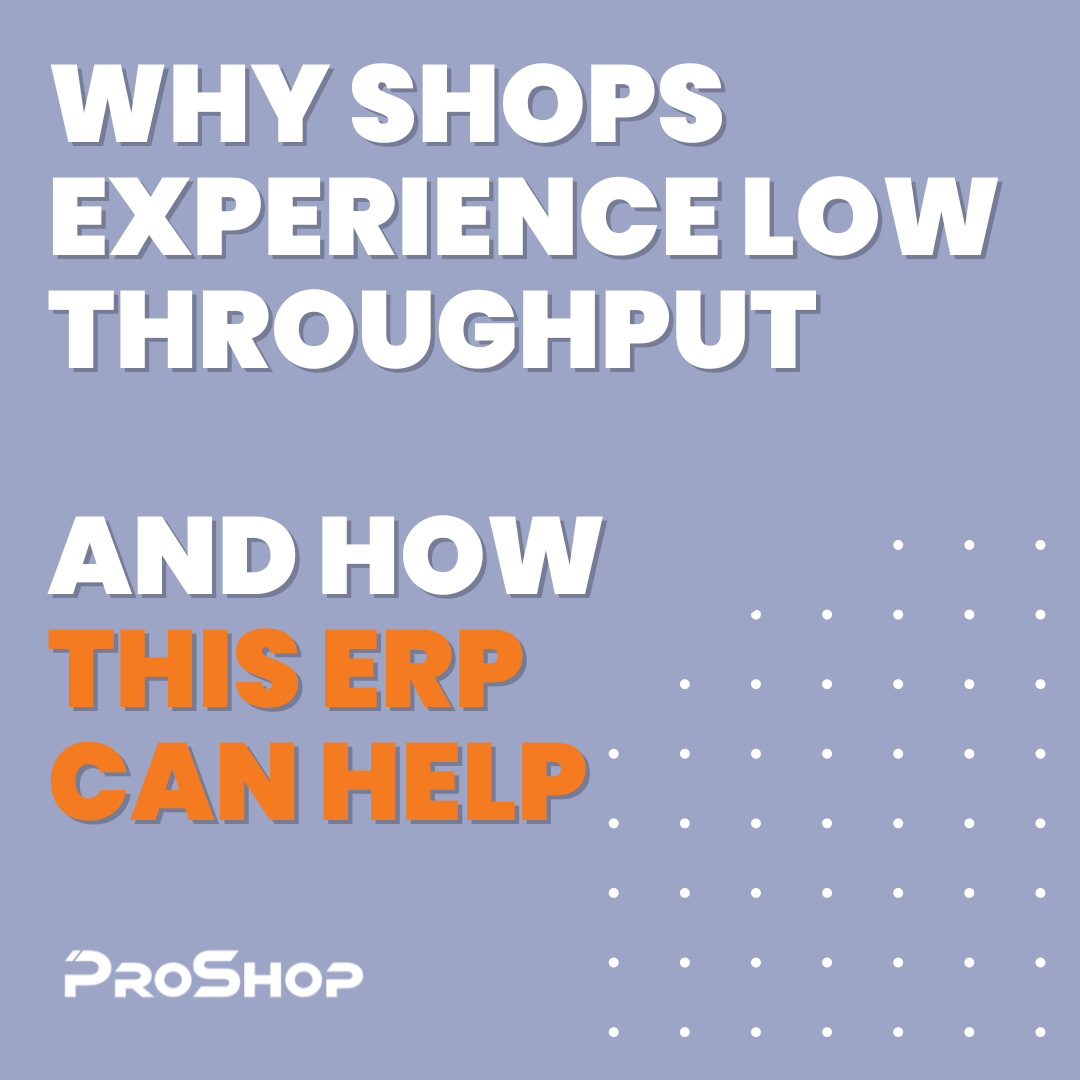Process
& Scheduling
Management
Maintenance
Management
& Inspection
& Material Planning
Financial Data
Management
Written by: Paul Van Metre
People are accustomed to getting what they want, when they want it, the exact way they want it. Like their favorite: Triple, Venti, Half Sweet, Non-Fat Soy, Caramel Macchiato at Starbucks. If they get it the same way 100 times, and then all of a sudden it’s different one day, watch out! You’re likely to have an unhappy customer! It’s because people want reliability and consistency in their lives. They don’t like unexpected surprises or things to be different than what they are used to.
The same is true with your customers. When they do business with you, they will have certain expectations that they expect you to meet, time and time again. Those expectations will often be driven by a few different things, including how you’ve interacted with them in the past and what you tell them will happen in the future. Ultimately, your customer is in the business of reducing their risk, so they can do their job and serve their customers. Your shop is one link in the supply chain, which can be very fragile at times, and if you don’t follow through on the expectations they have for you, things can go downhill fast.
Setting Expectations Early
Expectations start building when you first meet your customer. What is your brand image? How do you portray your company and how do you interact with your prospects? Everyone tries to be very responsive to new prospects or customers because you want to earn their trust and ultimately their business. And people like it when you are responsive and attentive to them. They’ll be paying attention to what you say. If you tell them you’ll email them a list of references on Friday, you’d better send that on Friday or before. If you don’t send it until the following Tuesday, they’ll mark that up in the column of negatives that you don’t follow through on things you say.
Expectations will continue to be built when you quote jobs for those customers. Again, they’ll look for a timely return of your quotes. They’ll look for professionalism in your quotation, your language, your correspondence, and your adherence to any other requirements they included in their RFQ to you. And they’ll look to see what lead times or dates you’ve quoted them for delivery of the job. Assuming everything checks out and they like what they’re seeing, you might win the job.
When the order is received, they’ll be looking for things like how quickly you acknowledge the order and then how/if you confirm all the details including if you say you will deliver on the timeline you quoted to them or any other pertinent details about the order.
Be Honest and Candid
I wrote in the past about delivering bad news to clients, and this is another very key point about managing expectations. You must always be honest with customers. Full stop. Lying about the status of jobs or being less than candid is never a good option. And the bad news doesn’t age well, so always be very proactive in delivering less than positive news in a timely manner. And have a recovery plan already in place when you contact your customers to deliver bad news.
From that point forward, they’ll expect your parts will be delivered within the on-time delivery window, and they won’t need to hear from you until that time. Unless they have a lower level of trust with you and they may want regular status updates on their orders.
Be Responsive
When a customer is looking for information or an answer from you, they don’t want to wait long to get the answer. If they call you on the phone, the ideal case is that you can provide them with the information before you even hang up. We had one customer do this in spectacular fashion recently, giving his client detailed information from the side of the road on his phone. It was an amazing move on his part, significantly increased their trust in his company and improved the expectations of how responsive he could be to his customer. If you can’t get them the information on the phone, then follow up with them as soon as you can, and provide them with the information they need for their decision-making. Making them wait hours or days is never a good idea. Getting rid of paper job travelers is a critical step in getting information back to your customers a lot faster.
Listen and be Proactive
As mentioned before, clients are in the business of reducing risk. So they will communicate with you about things that are important to them or that they care about. Listen carefully for those signals and build processes to ensure that you are going to manage those needs and concerns proactively. When they see you reaching out to them before they need to ask you questions, or for a status update, their expectations will have been exceeded, and they’ll consider your shop a lower risk option than others. And where do you expect they will want to place work in the future?
How Can ProShop Help?
Many of the things I mentioned above require a fair bit of process to ensure that they happen reliably and consistently. That is, doing it the same/right way, every time. And it requires much more access to real-time information. ProShop is an ERP system designed in a machine shop environment and helps build repeatable processes and automation to help you ensure that you are getting your customers precisely what they need, when they need it, in the lightest way possible. Freeing up your time to spend it doing more important things like getting parts made and out the door on time.


